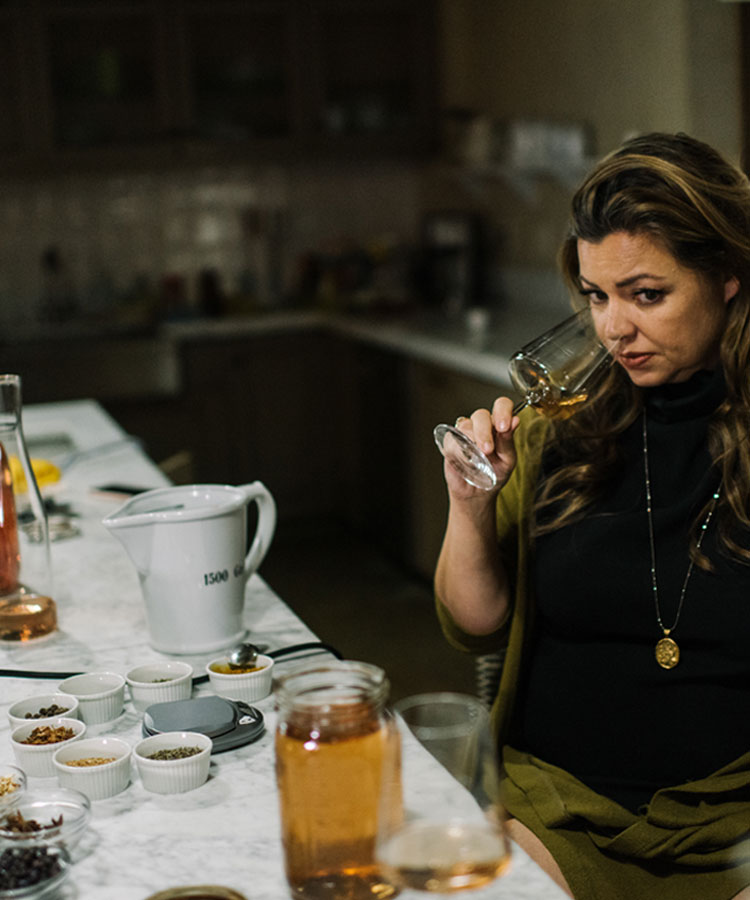At VinePair, we know that our readers love wine as much as we do, and the reasons go far beyond the grapes, the vines and the incredible terroir. What we love, as much as the liquid itself, is the community that wine has created across the nation. It's this collaborative spirit and experimental ethos that has caused grapes to be planted and wine to be made in every single state across the U.S., providing countless new ways to connect over a glass.
That's why this November here at VinePair we're devoting a large portion of our content to American wine, and below we're highlighting some of our favorite regions in an interactive map. Some you are probably very familiar with, others we believe you should get to know. To start exploring, simply hover over a region's name and click to jump straight down to all the content about that region. This country has so much incredible wine to drink, it's time to get to it.





































